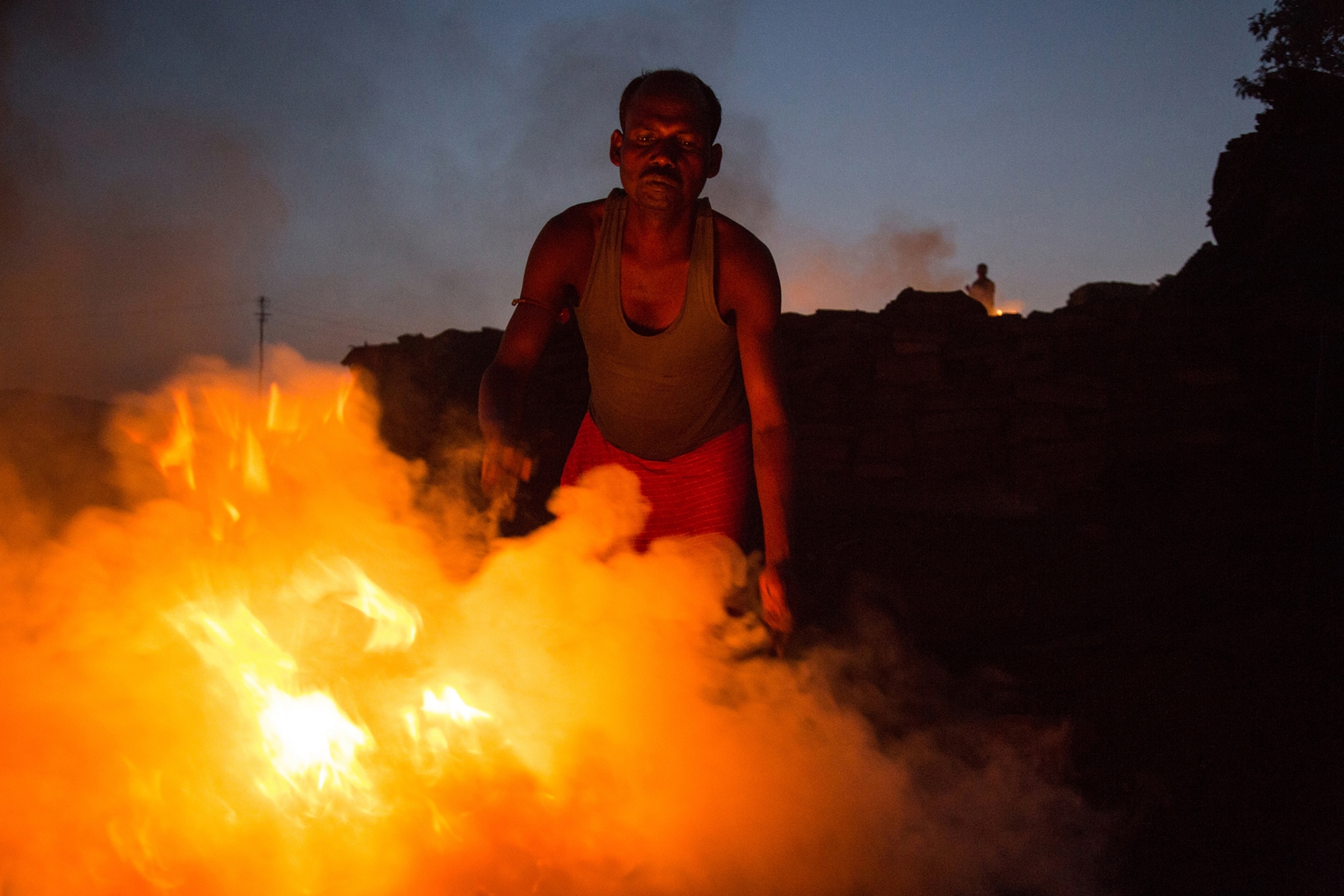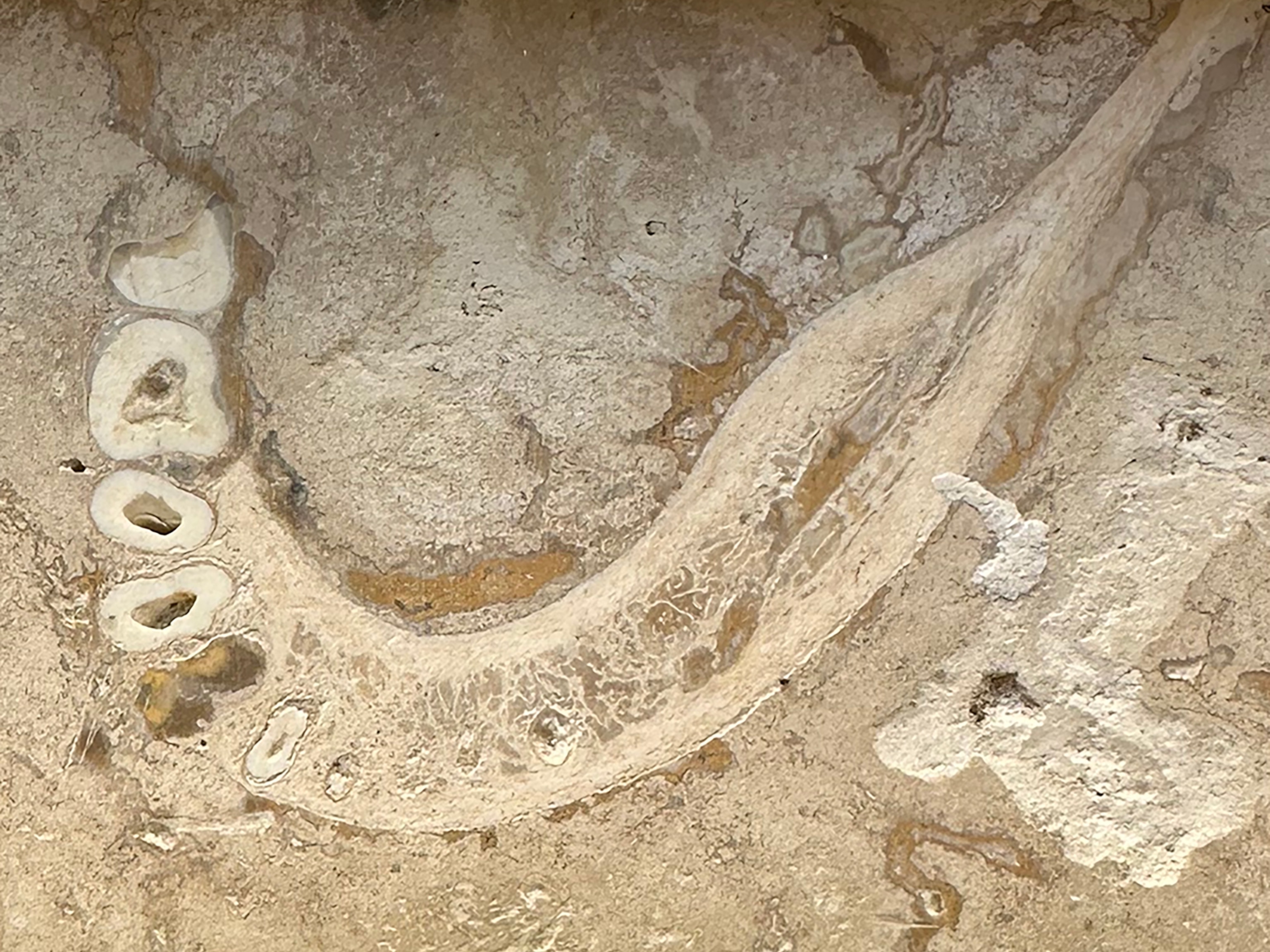
Robb Kendrick: Life in India’s Coal Mines
“Coal is a paradox. It’s a cheap and plentiful energy source that created and continues to power our modern world, yet our continued reliance on coal threatens the very world it helped create.
Coal powered the Industrial Revolution, and remains the leading energy source worldwide for generating electricity. And despite a recent decline in U.S. coal use, globally we burn more coal than ever.
But coal is dirty. Pollutants are released when we burn it, one of them carbon dioxide, a heat-trapping gas scientists see as a driver of rising global temperatures.
Photographer Robb Kendrick, who I first collaborated with during his 1985 summer internship here, persevered in the face of many refusals, locked doors, and barred gates to get this article’s powerful photography showing coal’s visible impacts.” –Dennis Dimick, photo editor for “Can Coal Ever Be Clean?” in the April issue of National Geographic.


Being lowered 400 feet into an illegal mine is unsettling. You quickly realize how fragile your existence is. Everything around you is a wisp away from failure—rickety ladders descending into wet darkness, no escape route, no water pumps, no lighting, no ventilation systems, miners in flip flops and shorts lighting a cigarette in the dark while taking a break. One falling domino can bring the whole place down and with it, all those working inside. This is the reality of illegal mining in eastern India and for these miners, this is the norm.
Taking these risks every day, miners work 3-foot tall coal seams, called “rat holes.” While lying on their backs picking away at the coal, they dig 1000 feet horizontally in unsupported seams with nothing more than a headlight. Collapse of these rat hole mines is not uncommon and many quietly die in the process.

Endurance. That one word best describes the people I met in India. Whether an illegal miner working a rat hole 400 feet down, a child laborer loading 50-pound coal baskets into trucks, coal sorters in a coal depot, or women in the villages within a coal mine acting as the glue that keeps family and community together, they all showed tremendous endurance, graciousness, and kindness. No one was bitter, no one complained, no one asked anything of me.
Life is cut to such a basic level that properly cremating their dead was a burden, though this ceremony is a vital part of proceeding to the afterlife. One group of miners, living in a coal mine that has experienced underground fires for nearly a century, simply wrap the deceased in cloth and stuff the body down one of the many crevasses where the body will burn.

I met an older couple working a coal depot in Jharkhand. The man, in his 60’s, was breaking coal with a small hammer while his wife shoveled broken coal. After 30 minutes of making images and showing them the results I came to learn that the young boy sitting next to him was his grandson. His daughter, son-in-law and two grandsons were all living and working in the coal depot. For me this was a powerful moment, not because the image was powerful, but because of the pain I felt for this man who was doing what he could to support his family and having it come to this thin existence—three generations living in plastic covered structures with dirt floors, no toilet, no water, and hammering and shoveling coal into piles.


Circumstance, something beyond our control, plays a huge role in all our lives. For these miners and their families, these jobs pay enough to risk their lives. We Americans, even the poorest of us, are born into a circumstance of such comparative excess and comfort, I’m sure few of us could endure these same conditions. It’s not that we are less durable, maybe just mentally more fragile.
It is ironic that many of those risking their health and lives to provide coal in India do not have electricity. In fact they have very little that would qualify as a basic necessity. These remote mines insure that most Indians never see the unsafe, deplorable conditions these people live and work in. They do not see the lives that are considered necessary and in the same breath disposable.


Working on assignment, I want to be open to consider new information and experiences for what they are—to not judge with my American perspective—and accept many things as OK. I found it impossible to say “This is OK” while in India’s coal country. I’ve worked in India for 22 years and I’ve seen a lot of poverty but always the people were safe, clean, and lived reasonably. This time was different.

Human suffering happens in many places. This situation is not unique, but entire communities being pushed down so far to provide something that comforts some just seems grotesque. It would be like a farmer growing food for others while seeing his own family face hunger. The hope is that images such as these may inform and start a conversation that will lead to small changes, and eventually larger ones, for the betterment of those who experience these hardships.
Today, March 28 at 12:30 p.m. ET, join us for a live Twitter chat about environmental science with Michelle Nijhuis, author of the “Can Coal Ever Be Clean?” feature, and Dennis Dimick, executive editor of National Geographic magazine. Follow Michelle, Dennis, and @NatGeoLive on Twitter and tweet your questions with #NatGeoLive.
Robb Kendrick’s photographs showing the visible impact of coal appear in the April issue of National Geographic. Follow Kendrick on his website.








